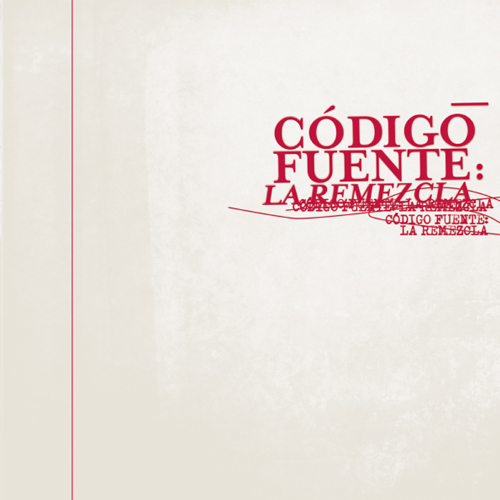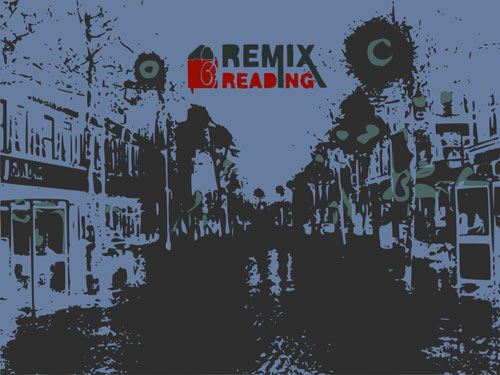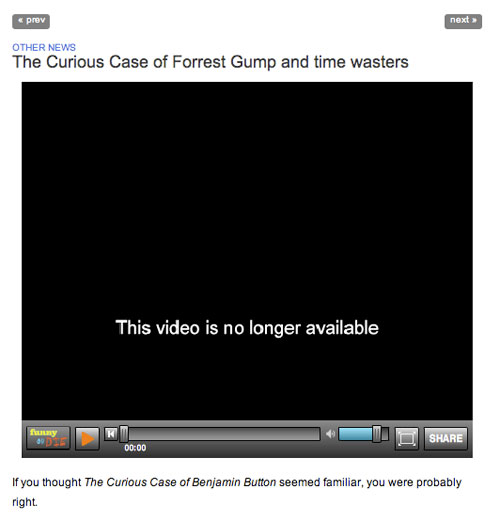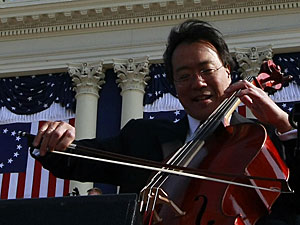Reblog: The New Socialism, Global Collectivist Society Is Coming Online, by Kevin Kelly

Wikipedia, Flickr, and Twitter aren’t just revolutions in online social media. They’re the vanguard of a cultural movement. Illustration: Christoph Niemann
Image source: Wired
Bill Gates once derided open source advocates with the worst epithet a capitalist can muster. These folks, he said, were a “new modern-day sort of communists,” a malevolent force bent on destroying the monopolistic incentive that helps support the American dream. Gates was wrong: Open source zealots are more likely to be libertarians than commie pinkos. Yet there is some truth to his allegation. The frantic global rush to connect everyone to everyone, all the time, is quietly giving rise to a revised version of socialism.
Communal aspects of digital culture run deep and wide. Wikipedia is just one remarkable example of an emerging collectivism—and not just Wikipedia but wikiness at large. Ward Cunningham, who invented the first collaborative Web page in 1994, tracks nearly 150 wiki engines today, each powering myriad sites. Wetpaint, launched just three years ago, hosts more than 1 million communal efforts. Widespread adoption of the share-friendly Creative Commons alternative copyright license and the rise of ubiquitous file-sharing are two more steps in this shift. Mushrooming collaborative sites like Digg, StumbleUpon, the Hype Machine, and Twine have added weight to this great upheaval. Nearly every day another startup proudly heralds a new way to harness community action. These developments suggest a steady move toward a sort of socialism uniquely tuned for a networked world.
Read the entire article at Wired

















